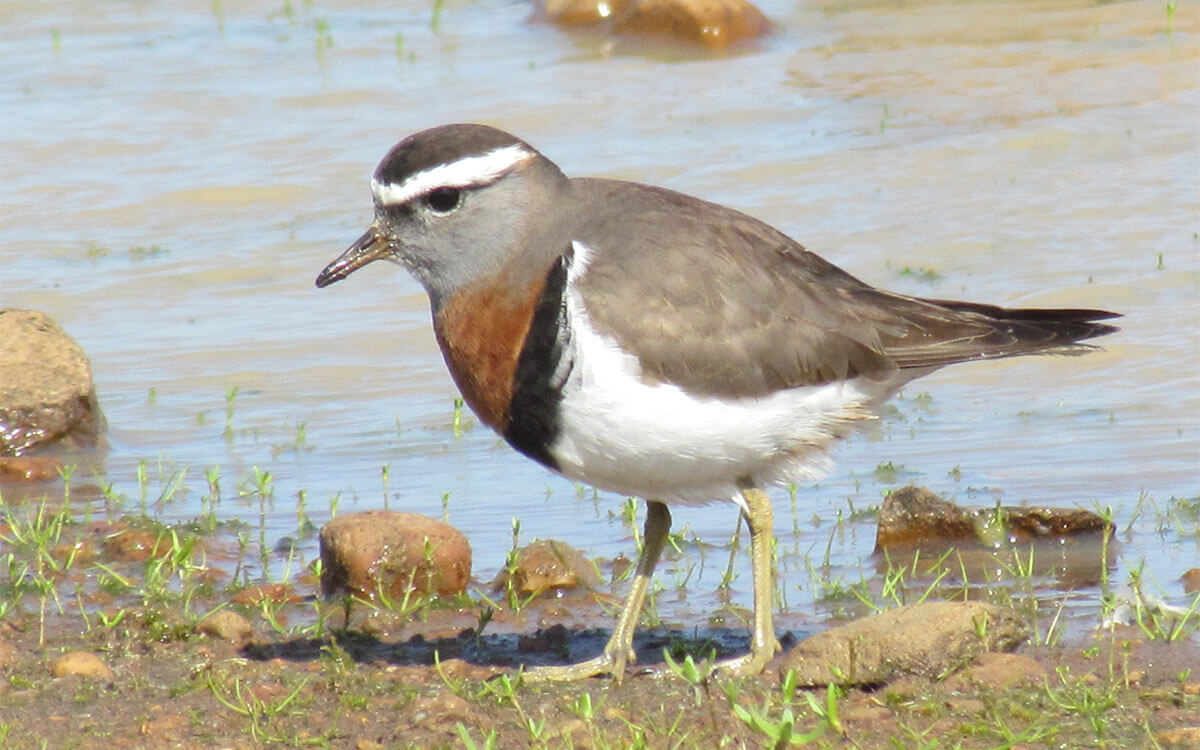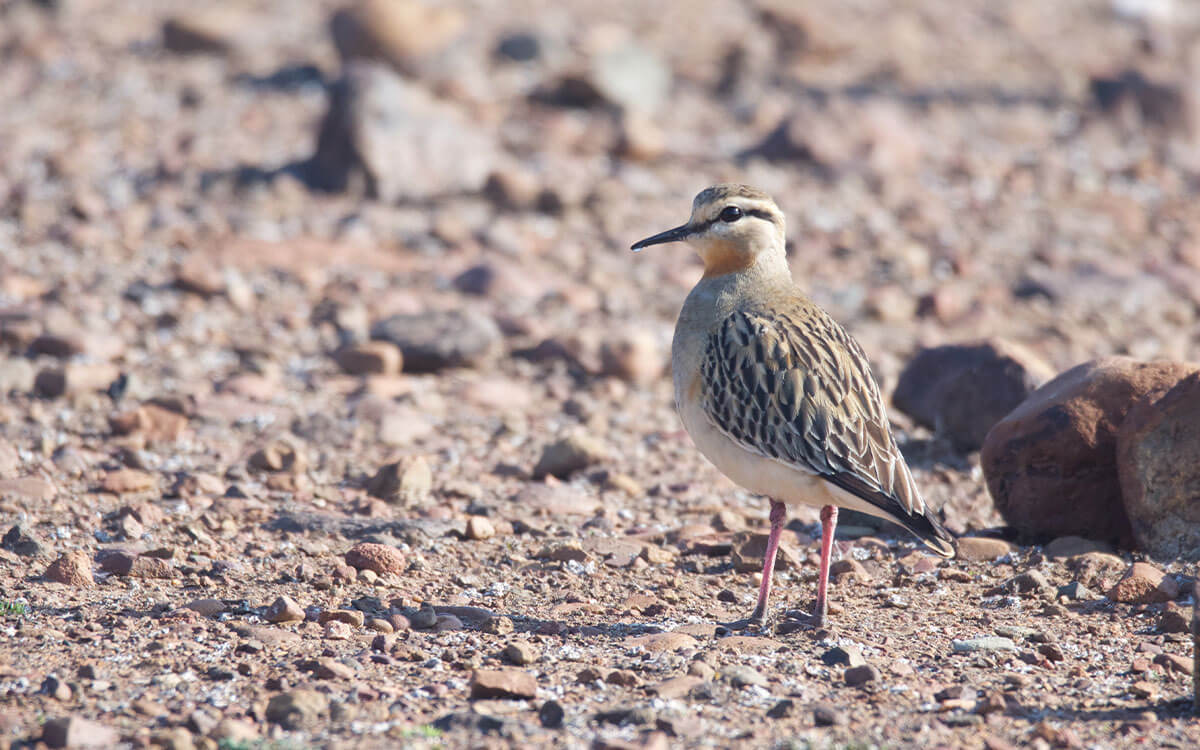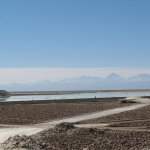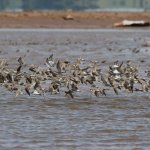The Executive Office of the Western Hemisphere Shorebird Reserve Network (WHSRN) is delighted to welcome Las Salinas de Huentelauquén (the Salt Flats of Huentelauquén) to the network as a new Site of Regional Importance in Chile’s Coquimbo region. The 6,850 acre (2,772 hectare) site is located within the Huentelauquén Agricultural Community in the Canela commune. With the addition of Las Salinas de Huentelauquén, WHSRN now comprises 114 sites in 18 countries, with seven sites in Chile.
Las Salinas de Huantelauquén is a mosaic of highly-diverse natural habitats comprised of the mouth of the Choapa river, as well as beaches, flats, dunes, temporal lagoons, and cliffs. The zone is also a Ramsar site—a wetland designated to be of international importance under the Convention of Wetlands (Ramsar Convention), an intergovernmental environmental treaty established in 1971—and an Important Bird and Biodiversity Area (IBA) designated by BirdLife International.
At the regional scale, Las Salinas de Huentelauquén is part of a series of coastal wetlands nestled within an arid landscape, which together provide key feeding, roosting and breeding habitat for both resident and migratory shorebird species, the latter including migrants from both the Arctic and Patagonia.


Left: A Rufous-chested Dotterel (Charadrius modestus). Right: Tawny-throated Dotterel . Photos: Red de Observadores de Aves y Vida Silvestre de Chile.
Its designation as Chile᾽s seventh WHSRN site is based on the importance of Huentelauquén as a wintering site for more than 1 percent of the Tawny-throated (Oreopholus ruficollis ruficollis) biogeographic population. Huentelauquén also provides critical habitat for the Snowy Plover (Charadrius nivosus occidentalis).
Red de Observadores de Aves y Vida Silvestre de Chile (ROC–Chilean Network of Bird and Wildlife Watchers), which does shorebird monitoring and conservation work at Huentelauquén, nominated the area to be considered for WHSRN site designation. The site’s nomination also had the support of the Huentalaquén Agricultural Community, the local municipal leadership of Canela, the Chilean Navy (through the General Directorate of Maritime Territories and Marine Trade), and the Chilean Ministry of the Environment. Local school administrators and teachers plan to incorporate the Huentelauquén into their education and outreach activities.
Cover Photo: Aerial view of a seasonal pond at the new WHSRN Site.






